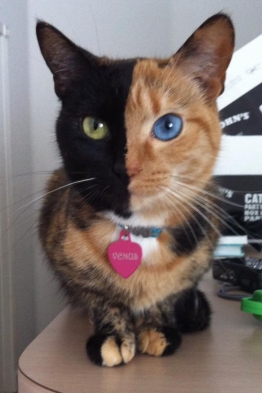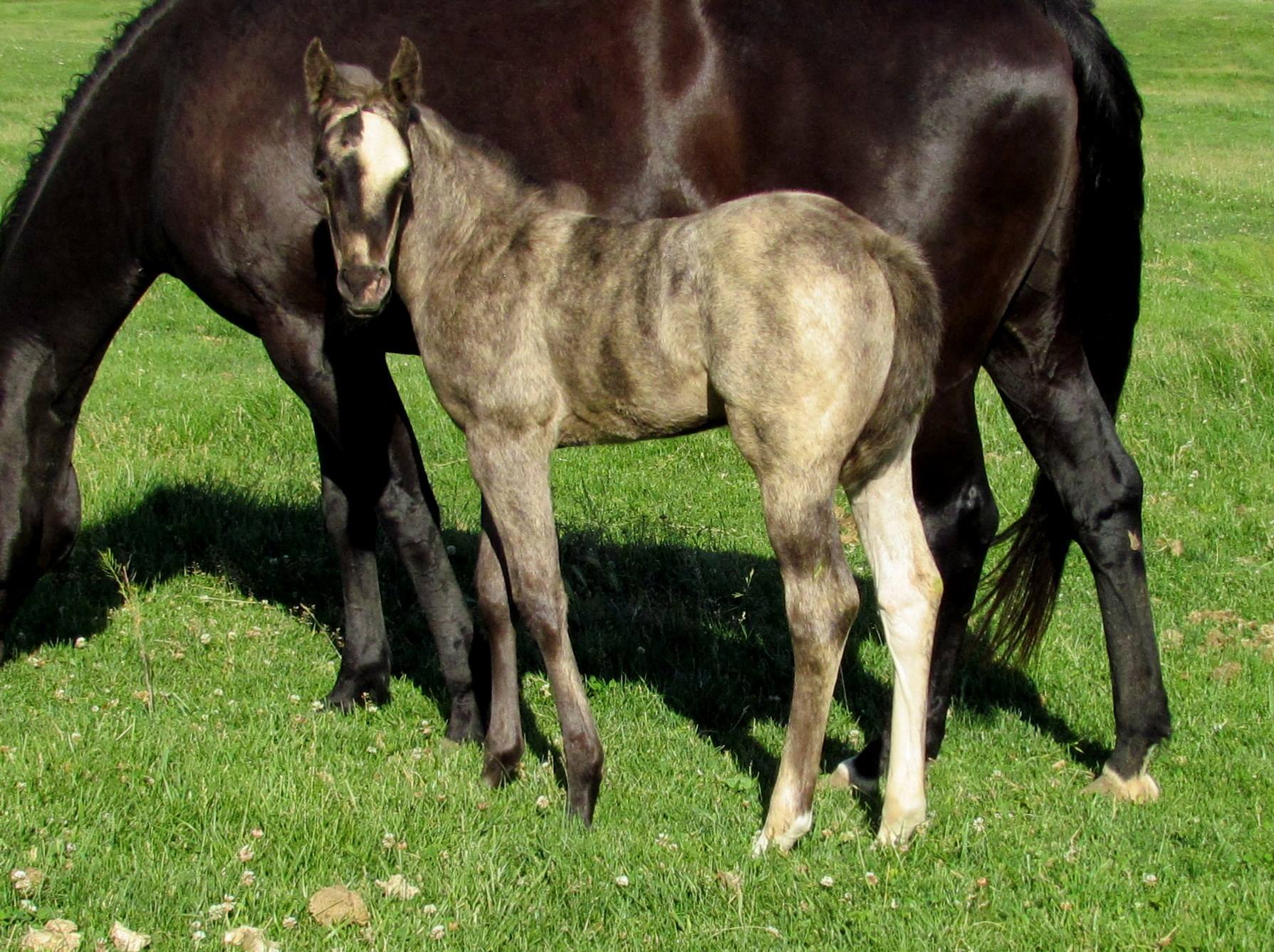TF3
Well-known member
The smallest kit in our first litter is affectionately know as Half Face.
He has a fabulous personality, but he is just too small for us (he is mostly FG).
He is divided down the midline, with one half being harlequin and the other being plain fawn colour.
There is a little shift of the grey over his bottom and onto the opposite back leg, but I find it fascinating how cleanly he is divided and was wondering if this is just pure luck of placement, or with that midline divide, if it was genetic?
It's like having two different colours in one bunny! :lol:

He has a fabulous personality, but he is just too small for us (he is mostly FG).
He is divided down the midline, with one half being harlequin and the other being plain fawn colour.
There is a little shift of the grey over his bottom and onto the opposite back leg, but I find it fascinating how cleanly he is divided and was wondering if this is just pure luck of placement, or with that midline divide, if it was genetic?
It's like having two different colours in one bunny! :lol:








